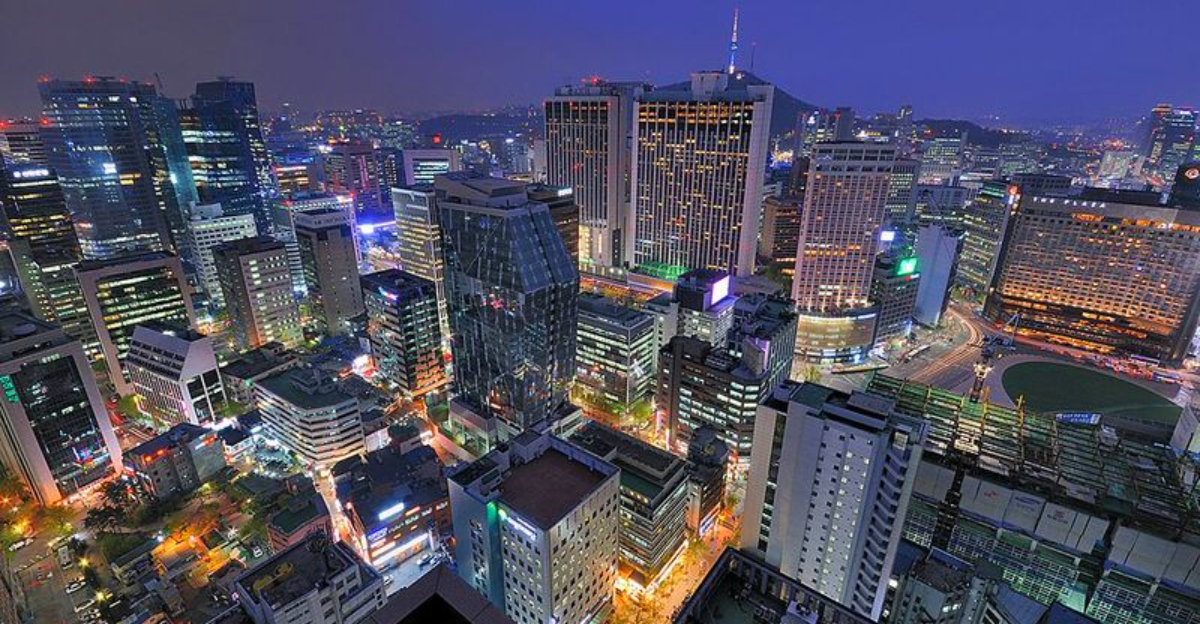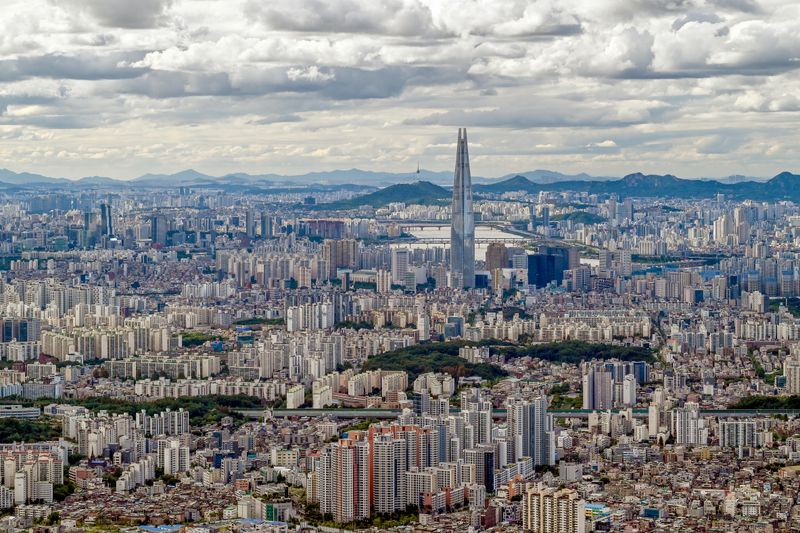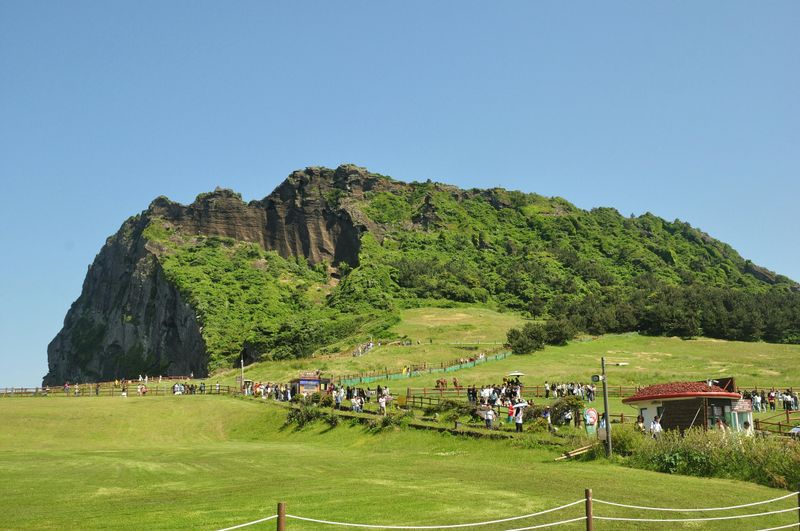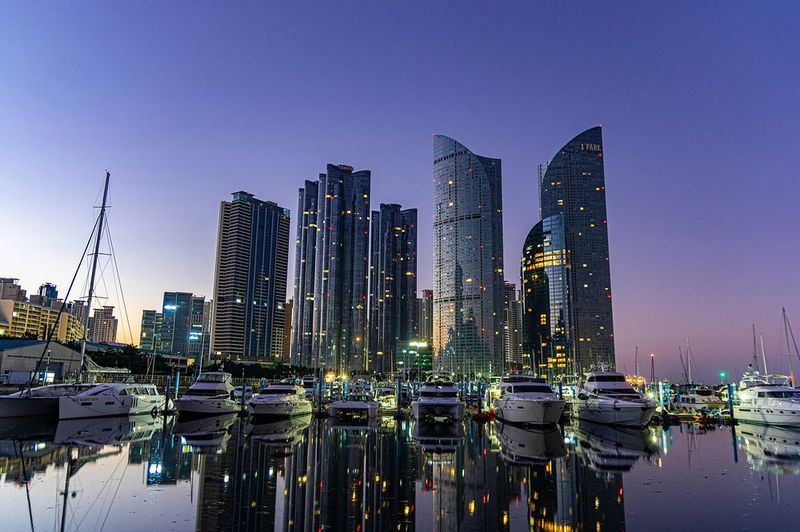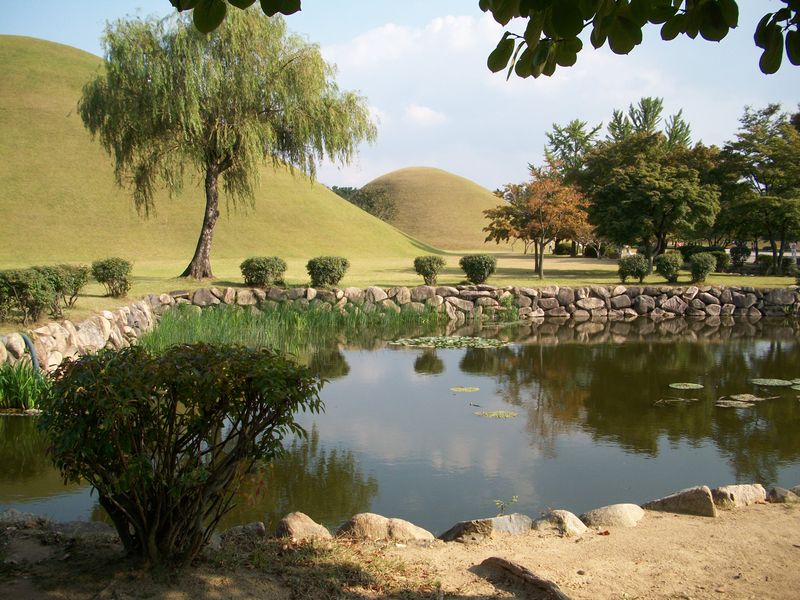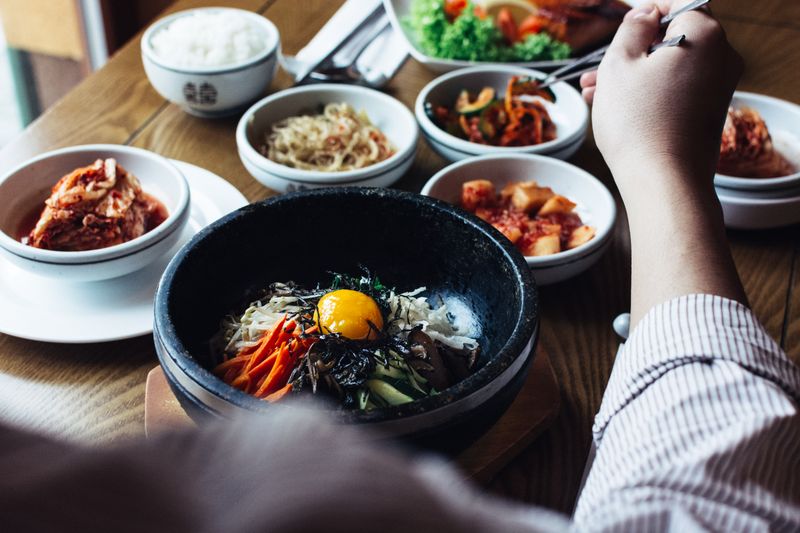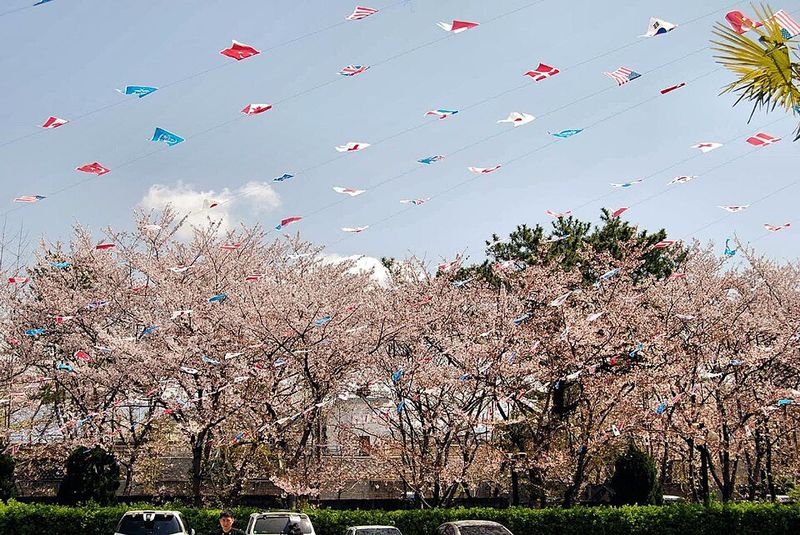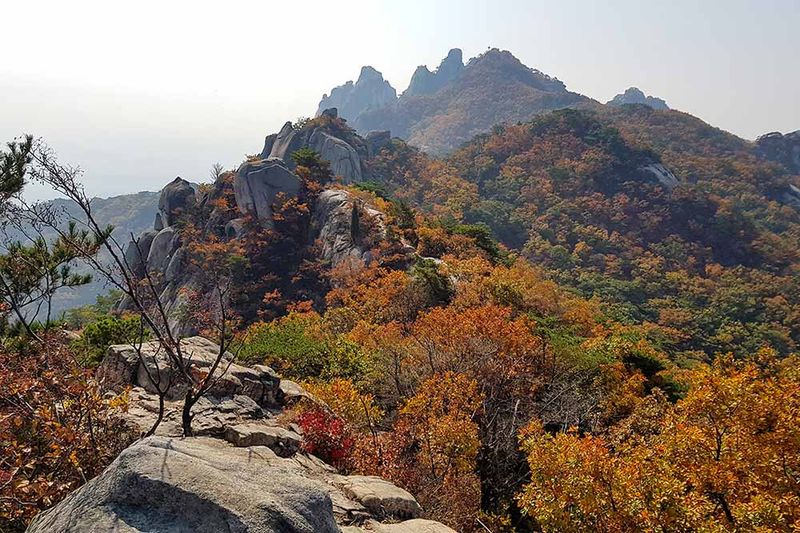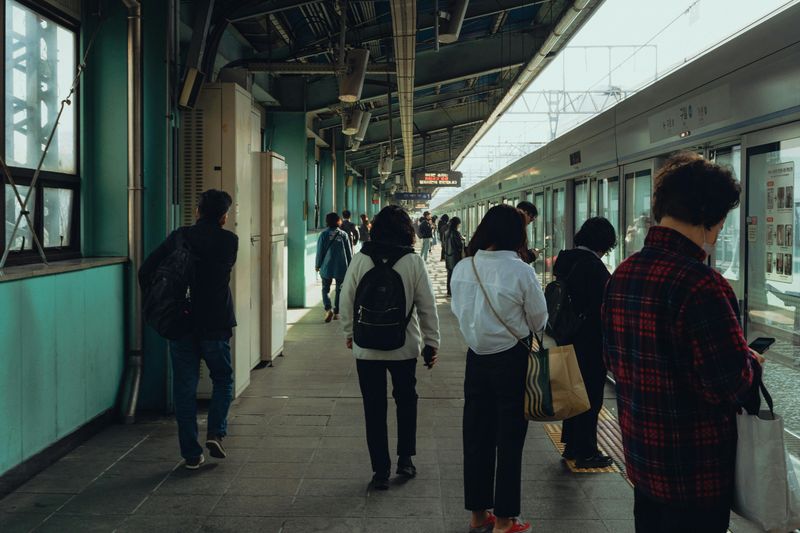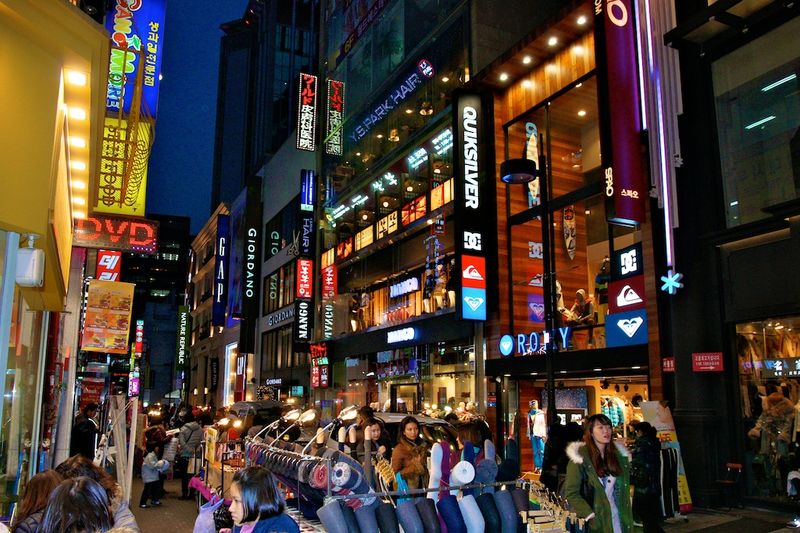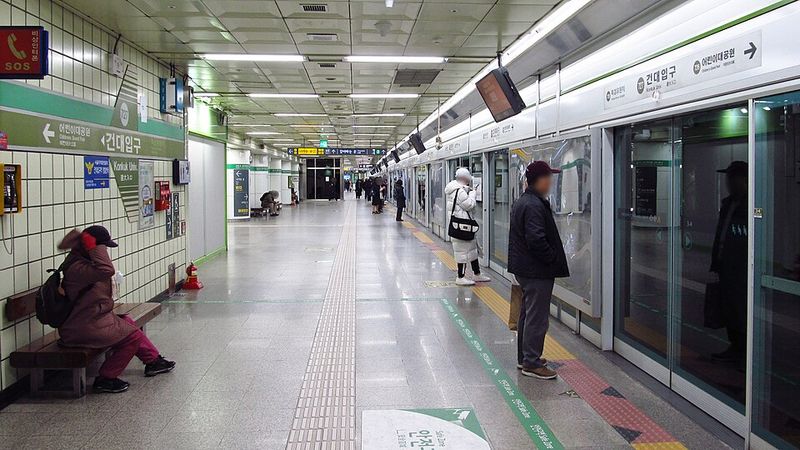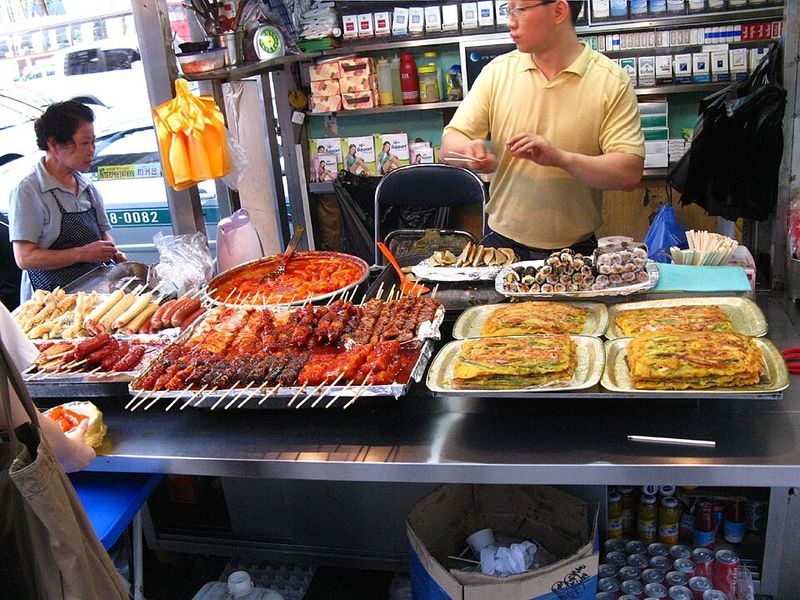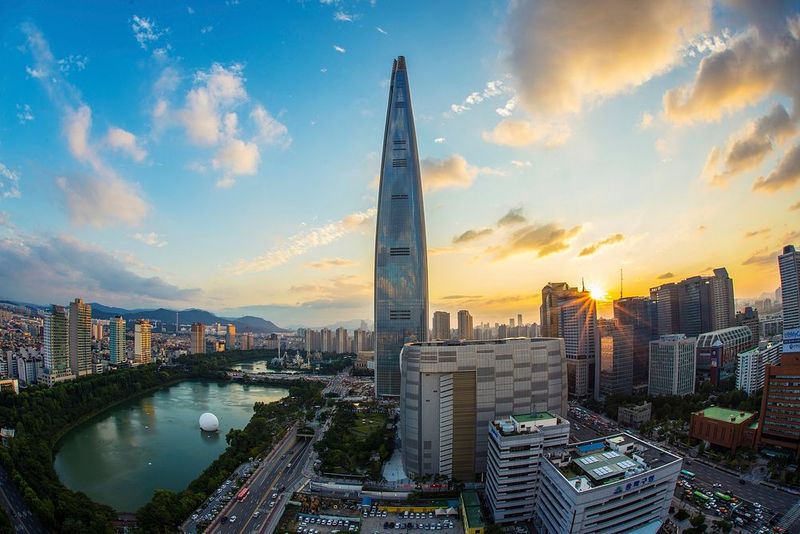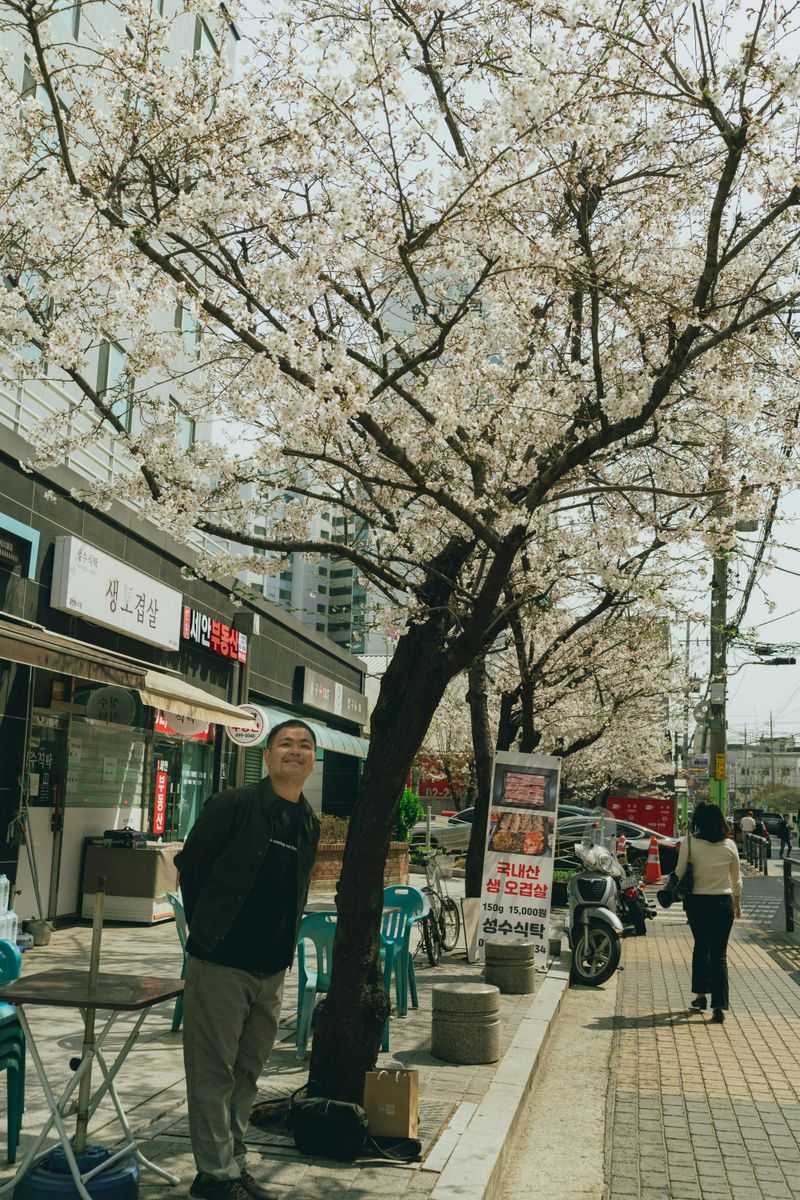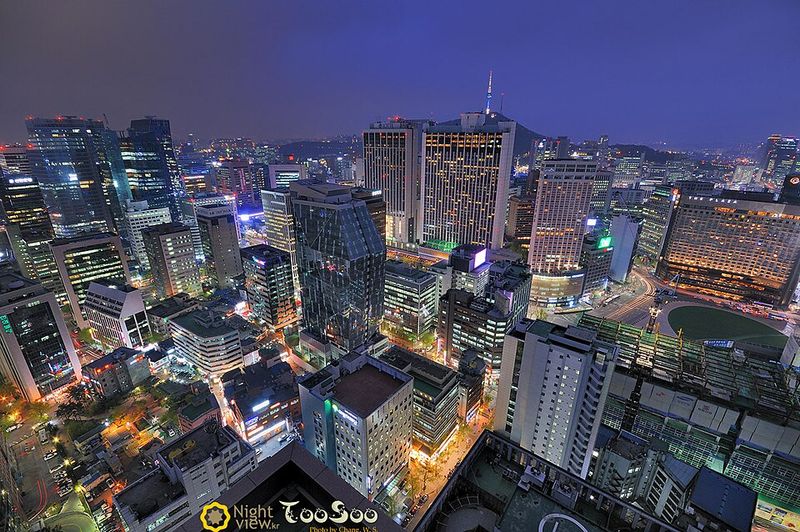South Korea is quickly becoming one of the most exciting travel destinations on the planet. From ancient temples to cutting-edge cities, this country offers something for every type of traveler. Whether you’re craving delicious food, stunning nature, or a mix of tradition and modern culture, 2026 is the perfect year to explore what South Korea has to offer.
1. Seoul: Dynamic Capital
South Korea’s capital is where ancient history meets futuristic innovation. Walking through Seoul, you’ll see towering glass buildings next to centuries-old palaces and peaceful hanok villages tucked between busy streets.
Gyeongbokgung Palace stands as a reminder of royal heritage, while neighborhoods like Gangnam pulse with energy, shopping, and nightlife. The city’s public-transport system is one of the most advanced in Asia, making it incredibly easy for tourists to hop from one district to another.
You can spend your morning exploring historical sites and your evening enjoying street food in trendy markets. Seoul truly offers the best of both worlds in one vibrant package.
2. Jeju Island: Volcanic Beauty and Island Escape
Just off the southern coast lies an island paradise shaped by ancient volcanic activity. Jeju Island boasts dramatic landscapes, from black-sand beaches to mysterious lava tubes hidden beneath the earth.
Green tea fields roll across hillsides, and the iconic Seongsan Ilchulbong crater offers breathtaking sunrise views. This UNESCO-designated natural heritage site is a must-see for nature lovers and photographers alike.
Jeju provides a peaceful contrast to the mainland’s bustling cities. You can hike volcanic peaks, relax by the ocean, or explore unique geological wonders. It’s an island escape that feels worlds away, yet it’s only a short flight from Seoul.
3. Busan: Coastal City with Food, Art, and Beaches
Perched on the southeastern coast, Busan brings together beach vibes and urban excitement. This port city is famous for its fresh seafood markets, where you can taste the ocean’s bounty prepared right before your eyes.
Haeundae Beach is one of Korea’s most scenic stretches of sand, perfect for sunbathing or evening strolls. Busan also hosts a major international film festival, drawing artists and movie lovers from around the globe.
Colorful cultural villages like Gamcheon add artistic flair to the city’s character. Whether you’re craving relaxation or exploration, Busan delivers both with style and warmth.
4. Gyeongju: The Ancient Capital (Museum Without Walls)
Once the heart of the Silla Kingdom, Gyeongju is a living museum where history surrounds you at every turn. Grassy royal burial mounds dot the landscape like gentle hills, each one holding centuries of stories.
Ancient Buddhist grottoes and temples reveal the spiritual depth of Korea’s past. Walking through Gyeongju feels like stepping back in time, yet the city remains accessible and welcoming to modern visitors.
You can explore archaeological treasures without ever setting foot in a traditional museum building. Every street corner and park holds remnants of a powerful civilization. Gyeongju truly earns its nickname as a museum without walls.
5. Iconic Food You Must Try
Korean cuisine is an adventure for your taste buds, bursting with bold flavors and beautiful presentations. Bibimbap, a colorful rice bowl topped with vegetables, meat, and a fried egg, is comfort food at its finest.
Korean BBQ lets you grill your own marinated meats right at your table, creating an interactive dining experience. Kimchi, the famous fermented vegetable dish, appears at nearly every meal alongside an array of small side dishes called banchan.
Food is deeply woven into Korean culture and hospitality. Trying these dishes isn’t just about eating—it’s about connecting with traditions that have been passed down for generations.
6. Festivals and Seasonal Celebrations
South Korea celebrates every season with festivals that bring communities together in joyful gatherings. Spring arrives with the Jinhae Gunhangje Festival, where cherry blossoms transform entire streets into tunnels of pink and white petals.
The Boryeong Mud Festival in summer attracts adventurous souls ready to play in therapeutic mud. Autumn brings glowing lantern festivals that light up temples and city centers with thousands of colorful lights.
Winter ice events offer their own magic, with sculptures and activities in snowy settings. The spring peak for cherry blossoms in Seoul is forecast around late March to early April in 2026, making it a perfect time to visit.
7. Off the Beaten Path and Nature Escapes
Beyond the famous cities, South Korea hides countless natural treasures waiting to be discovered. Mountains, islands, and national parks offer peaceful escapes for travelers seeking tranquility and adventure.
You can trek a coast-to-coast trail, explore volcanic craters, or wander through lesser-visited folk villages where traditional life continues unchanged. These quieter destinations provide a different perspective on Korean culture and landscape.
Slower-paced towns welcome visitors with genuine warmth and authentic experiences. Nature lovers will find endless opportunities for hiking, photography, and simply breathing in fresh mountain air. Korea’s natural side is just as captivating as its urban energy.
8. Tech, Smart Travel, and Modern Infrastructure
South Korea is a tech lover’s dream, where innovation makes travel incredibly smooth and convenient. High-speed trains connect major cities in hours, while subway systems run with clockwork precision.
Smart city features include multilingual digital kiosks, fast Wi-Fi in public spaces, and apps that help you navigate even if you don’t speak Korean. Many services have been upgraded to meet growing tourism demand and provide seamless logistics.
From contactless payments to real-time transport updates, technology enhances every aspect of your journey. You’ll spend less time worrying about getting lost and more time enjoying your adventure. Modern infrastructure truly sets South Korea apart as a traveler-friendly destination.
9. Pop Culture and Heritage Fusion
Few countries blend ancient traditions with modern pop culture as seamlessly as South Korea does. You can start your day exploring a 600-year-old temple, then spend your evening at a K-pop concert or K-drama filming location.
This unique fusion makes Korea especially appealing to travelers who want both depth and excitement. Historic palaces stand just blocks away from trendy cafes and entertainment districts.
The country honors its past while embracing contemporary creativity in music, fashion, and design. You might visit a centuries-old hanok village in the morning and shop for the latest beauty trends in the afternoon. This cultural mix creates an experience unlike anywhere else on Earth.
10. Shopping, Beauty, and Lifestyle Travel
Korea has become a global trendsetter in fashion, beauty, and lifestyle experiences. Seoul’s shopping districts overflow with skincare products, cosmetics, and clothing that often set trends across Asia and beyond.
Design cafes offer Instagram-worthy backdrops alongside excellent coffee and creative desserts. High-end retail sits comfortably next to quirky independent boutiques, giving every shopper something to discover.
Korean beauty products, known for innovation and quality, make popular souvenirs and gifts. Street fashion in neighborhoods like Hongdae and Gangnam showcases bold styles and youthful energy. Whether you’re hunting for the perfect sheet mask or the latest fashion piece, Korea delivers shopping experiences that feel fresh and exciting.
11. Safety, Cleanliness, and Ease of Travel
South Korea consistently ranks as one of the safest destinations for international travelers. Streets are clean, public spaces are well-maintained, and crime rates remain remarkably low.
Getting around via subway, train, and bus is accessible even if you don’t speak Korean, thanks to English signage and helpful apps. High standards of service extend from hotels to restaurants to tourist attractions.
You’ll feel comfortable exploring independently or with family, day or night. The country’s efficient transport system means you can confidently venture beyond major cities without worry. Safety and cleanliness aren’t just bonuses in Korea—they’re part of what makes traveling here such a pleasant and stress-free experience.
12. Cultural Immersion via Food Markets and Local Traditions
Nothing connects you to a culture quite like its food markets and local traditions. Korean markets burst with colors, aromas, and energy as vendors sell everything from fresh fish to handmade kimchi.
Taking part in cooking classes or food tours adds depth to your understanding of Korean cuisine. You’ll learn about fermentation techniques, seasonal ingredients, and the importance of communal dining in Korean culture.
Traditional activities like tea ceremonies or hanbok dress-up experiences let you step into Korean customs firsthand. These immersive moments create memories that last far longer than typical tourist attractions. Engaging with local traditions transforms your trip from sightseeing into genuine cultural exchange.
13. The 2026 Timing Advantage
Visiting South Korea in 2026 offers a sweet spot that savvy travelers will appreciate. Tourism has rebounded from recent challenges, bringing improved services and fresh experiences without overwhelming crowds.
Tourism authorities are actively promoting expanded regions, new trails, and more immersive experiences across the country. Infrastructure has matured, making travel smoother than ever, while many destinations remain refreshingly uncrowded compared to other Asian hotspots.
New hotels, attractions, and tours are opening to meet growing interest, giving you more options and better value. You’ll benefit from well-developed travel amenities while still enjoying a sense of discovery. The timing couldn’t be better for an authentic Korean adventure.
14. Spectacular Scenery in All Seasons
No matter when you visit, South Korea delivers stunning natural beauty that changes with the seasons. Spring paints the country in soft pinks and whites as cherry blossoms bloom across parks and mountainsides.
Summer brings lush green mountains perfect for hiking, while autumn sets forests ablaze in brilliant reds, oranges, and golds. Winter transforms landscapes into snowy wonderlands, with temples and palaces looking especially magical under fresh powder.
Hiking is deeply embedded in Korean culture, and many cities are backed by mountains you can easily access for day trips. Each season offers its own photographic opportunities and outdoor activities. Year-round beauty means there’s never a wrong time to visit.
15. Friendly for Repeat Visits and Diversity of Experiences
South Korea packs an incredible variety of experiences into a relatively compact country. You could spend one trip exploring major cities like Seoul and Busan, then return another time to discover remote islands and rural villages.
This diversity makes Korea perfect for repeat visits, with something new to uncover each time. Coastal regions offer completely different vibes from mountain towns, and countryside experiences contrast beautifully with urban adventures.
Hiking trails, cultural sites, food regions, and island escapes provide endless possibilities for customizing your journey. You’ll never feel like you’ve seen everything, making it a flexible long-term destination. Many travelers find themselves planning their next Korean trip before they’ve even left.
